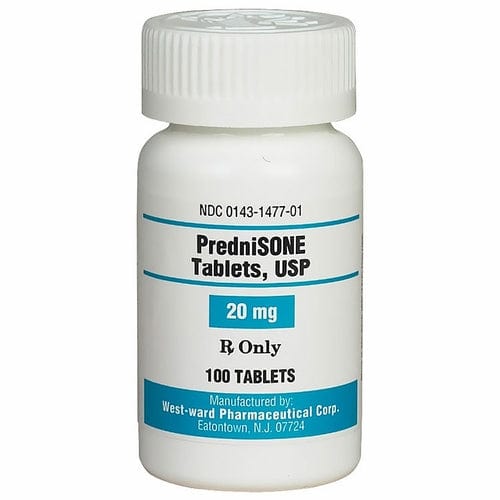Precautions
People who are allergic to prednisone or to other corticosteroids like triamcinolone (Kenalog), methylprednisolone (Medrol), or prednisolone (Orapred) shouldn't take it.Additionally, those suffering from autoimmune disorders, viral infections, or fungal infections should not take prednisone.If the risks are not outweighed by the benefits, prednisone should not be used during pregnancy.Prednisone may enter breast milk and be harmful to a nursing infant.People with certain medical conditions, such as a fungus infection, a virus infection, or an autoimmune disorder, shouldn't take prednisone.If the risks are not outweighed by the benefits, prednisone should not be used during pregnancy.Prednisone may enter breast milk and be harmful to a nursing infant. People with certain medical conditions, such as a fungus infection, a virus infection, or an autoimmune disorder, shouldn't take prednisone.


 Rated Excellent by 26,523+ Reviews
Rated Excellent by 26,523+ Reviews